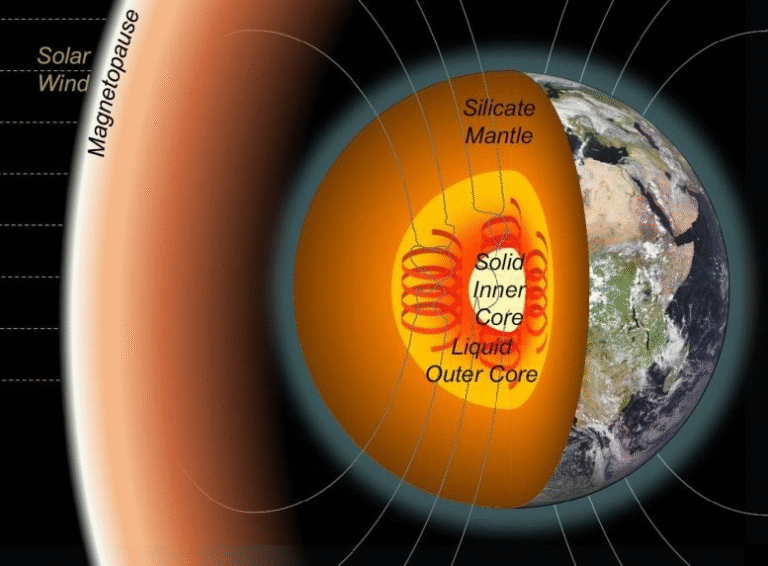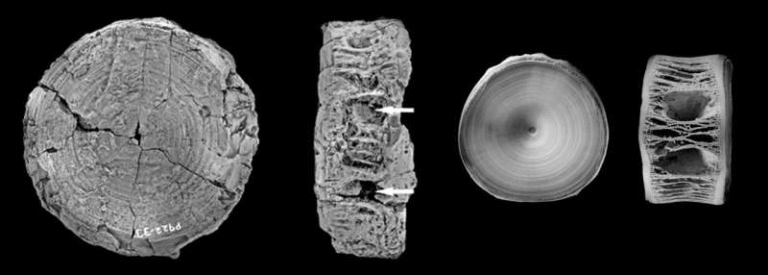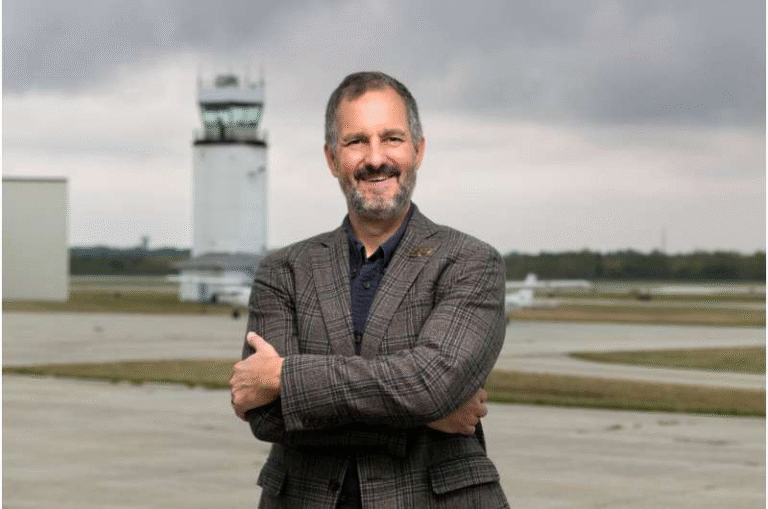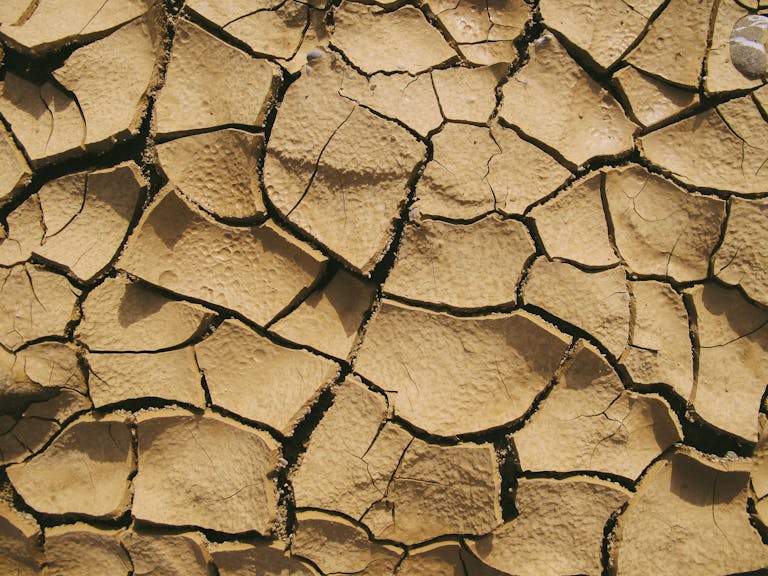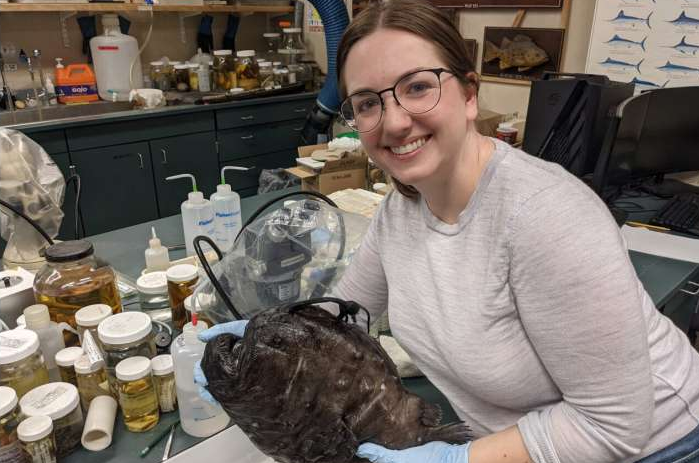Revealing the “Carbon Hoofprint” of Meat Consumption in American Cities

A groundbreaking new study has mapped out something most of us rarely think about — the greenhouse gas emissions linked to the meat we eat, city by city across the United States. Researchers from the University of Michigan and the University of Minnesota have introduced a term for it: the “carbon hoofprint.” It’s a way to measure how much climate impact results from the meat consumption of residents in more than 3,500 U.S. cities.
And the results? Eye-opening. The average American city-dweller’s meat habits generate nearly as much greenhouse gas as running their household’s energy for an entire year.
What Exactly Is a “Carbon Hoofprint”?
The “carbon hoofprint” refers to the total greenhouse gas emissions produced from the production, processing, and transport of meat—specifically beef, pork, and chicken—before it reaches our plates. Unlike a personal carbon footprint that includes energy use or transport, this focuses purely on meat.
This study, published in Nature Climate Change, is the first of its kind to take a systematic, data-heavy approach to connect cities with the complex supply chains that feed them. Using advanced modelling, researchers traced emissions all the way from farms and feed sources to city consumption.
The work took eight years and relied on the Food System Supply-Chain Sustainability (FoodS3) platform, originally designed to analyze the corn supply chain. Researchers extended it to meat, revealing how the food we eat creates hidden links between rural production areas and urban centers — what they call “urban-land teleconnections.”
How Big Is the Hoofprint?
Across all the U.S. cities analyzed, the total carbon hoofprint adds up to about 329 million tonnes of CO₂-equivalent emissions (CO₂e) every year. To put that in perspective, that’s roughly the same as the total annual carbon emissions of the entire United Kingdom or Italy.
On a per-person basis, the average American city resident generates around 1,093 kilograms (1.09 tonnes) of CO₂e per year just from eating meat. But the differences between cities are dramatic.
- Some smaller or more sustainably connected cities—like Houghton, Michigan—have per-capita hoofprints as low as 500 kg CO₂e.
- Others, such as Richmond, Missouri, reach up to 1,731 kg CO₂e per person.
That’s a difference of over three times between cities, even when residents might eat similar amounts of meat.
The total meat consumed across these cities every year adds up to roughly 11.1 million tonnes:
- 4.6 million tonnes of chicken
- 3.7 million tonnes of beef
- 2.7 million tonnes of pork
Why Do Some Cities Have Bigger Hoofprints Than Others?
You might expect that cities eating more meat per person would have higher emissions — but that assumption doesn’t hold up. In fact, the study found almost no correlation between meat consumption and the size of the hoofprint (the correlation coefficient was around –0.04).
The real story lies in the supply chains.
Each city’s meat supply chain is a sprawling, tangled web. The way livestock is raised, where feed is produced, how the animals are processed, and even how fertilizer is managed all vary from region to region. These factors combine to form distinct emissions profiles.
Take Los Angeles as an example. Its beef supply chain is massive and far-reaching:
- Beef processed in 10 counties,
- Sourced from livestock raised in 469 counties,
- Fed by crops grown in 828 counties.
Each step — from feed cultivation (which involves fertilizer use and soil emissions) to manure management and long-distance transport — contributes to the total carbon hoofprint.
Interestingly, transportation itself contributes only a small portion of total emissions. The majority comes from production activities, such as fertilizer use, enteric fermentation (methane from livestock digestion), and feed processing.
Which Meats Contribute the Most?
No surprise here — beef dominates the carbon hoofprint.
On average, beef accounts for around 73% of total meat-related emissions, with pork and chicken making up the rest. That’s because beef production requires far more resources — land, feed, and water — and cattle release large amounts of methane, a greenhouse gas roughly 28 times more potent than CO₂ over a century.
By comparison, chicken and pork have lower emissions per kilogram of meat. So, shifting consumption from beef to these meats can lead to substantial carbon savings.
What Would Happen If We Changed Our Eating Habits?
The researchers explored several “what if” scenarios to see how much cities could reduce their hoofprints.
They found that combining changes like cutting edible meat waste, eating less beef, or switching from beef to chicken or pork could shrink a city’s meat-related emissions by anywhere between 14% and 51%.
In other words, a few small changes at the dinner table could rival the emissions cuts from expensive home energy upgrades like solar panels or insulation systems—but at a fraction of the cost.
Why Geography and Production Methods Matter
The study highlights that where and how meat is produced makes a huge difference.
For example, beef raised on grass-fed pastures in regions with efficient grazing and feed systems may have a lower carbon intensity than feedlot-based production that depends on high-input corn and soy feed. Similarly, manure management systems that capture methane (such as anaerobic digesters) can significantly cut emissions from pork or dairy operations.
The researchers suggest that cities could work with rural suppliers to support cleaner production practices — such as co-funding digesters, regenerative feed production, or methane-reduction technologies.
This creates a feedback loop where urban consumers indirectly help reduce the emissions tied to their food.
Why This Study Matters
This isn’t just about what’s on our plates — it’s about how cities and rural areas are connected through food systems.
Urban sustainability efforts usually focus on transportation, buildings, and energy, but food has been a blind spot. This study shows that food — especially meat — is a major climate lever that cities can influence.
The findings also challenge the idea that emissions are just a rural problem. Cities, through their demand for meat, are responsible for a significant portion of livestock-related emissions, even if they don’t produce any of it within their borders.
This kind of urban-rural interdependence can also open doors to collaboration:
- Cities could form partnerships with agricultural regions.
- Urban policies could support sustainable livestock practices.
- Consumers could push for transparency in meat sourcing.
The Bigger Picture: Meat and the Climate Crisis
Livestock production accounts for nearly 15% of global greenhouse gas emissions, mostly from cattle. The emissions come from:
- Methane (produced by digestion and manure)
- Nitrous oxide (from fertilizer and feed production)
- CO₂ (from land clearing and energy use)
Beef is particularly carbon-intensive. On average, producing one kilogram of beef releases around 27 kilograms of CO₂e, while pork emits about 12 kg CO₂e, and chicken only 6 kg CO₂e.
That means simply swapping a portion of beef consumption for chicken or plant-based proteins can yield massive savings.
But the study also warns against simplistic “stop eating meat” narratives. Abruptly cutting demand for certain meats can have economic consequences for rural farmers and workers. Instead, researchers advocate for collaborative approaches where urban areas help rural producers transition to more sustainable methods.
For example, instead of boycotting pork, cities could sponsor methane-capture systems at hog farms. That way, emissions drop without devastating local economies.
Connecting the Dots: A More Sustainable Food Future
The take-home message from this research is that we’re all connected — from the city diner to the rural rancher. Every burger, pork chop, or chicken wing links back to a complex web of production, transport, and environmental impact.
By understanding those links, cities can design smarter climate policies and residents can make more informed food choices. Whether through dietary shifts, reduced food waste, or sustainable sourcing, there’s significant potential to lower the collective hoofprint.
At the same time, this study provides a framework that can be expanded to other sectors — not just food. The researchers suggest that their platform could also be used to study supply chains for non-agricultural commodities like steel or cement, helping to track the broader environmental footprint of cities.
The idea is simple but powerful: if we can map the flows of goods and their emissions, we can start to manage them more responsibly.
In Summary
The “carbon hoofprint” concept reframes how we think about our diets. It’s not just about personal choices or rural emissions — it’s a city-scale climate issue.
- Average per capita hoofprint: ~1,093 kg CO₂e
- Highest city: ~1,731 kg CO₂e (Richmond, Missouri)
- Lowest city: ~500 kg CO₂e (Houghton, Michigan)
- Total urban meat emissions: ~329 million tonnes CO₂e
- Total meat consumed: ~11.1 million tonnes annually
- Main contributor: Beef (≈ 73% of emissions)
- Potential reduction: 14–51% through dietary and waste changes
So, while you might not have control over where your city sources its beef, you do have control over what ends up on your plate. And as this study shows, that choice makes a measurable difference — not just for your health, but for the planet.
Research Reference:
The carbon hoofprint of cities is shaped by geography and production in the livestock supply chain – Nature Climate Change (2025)
